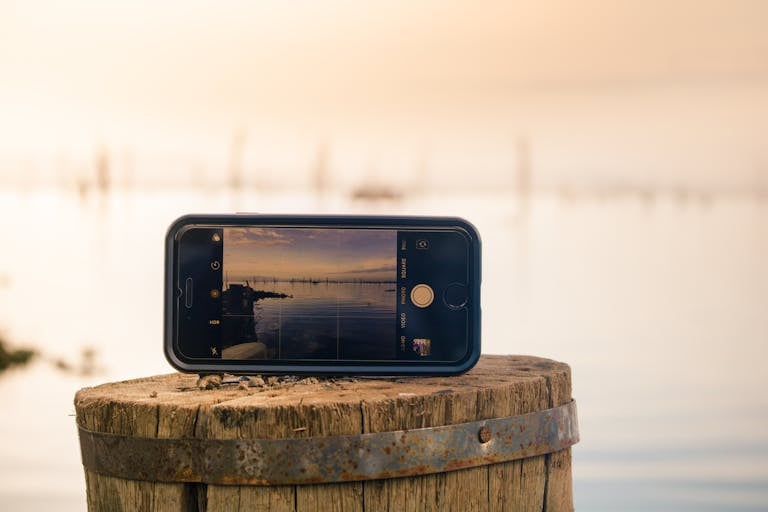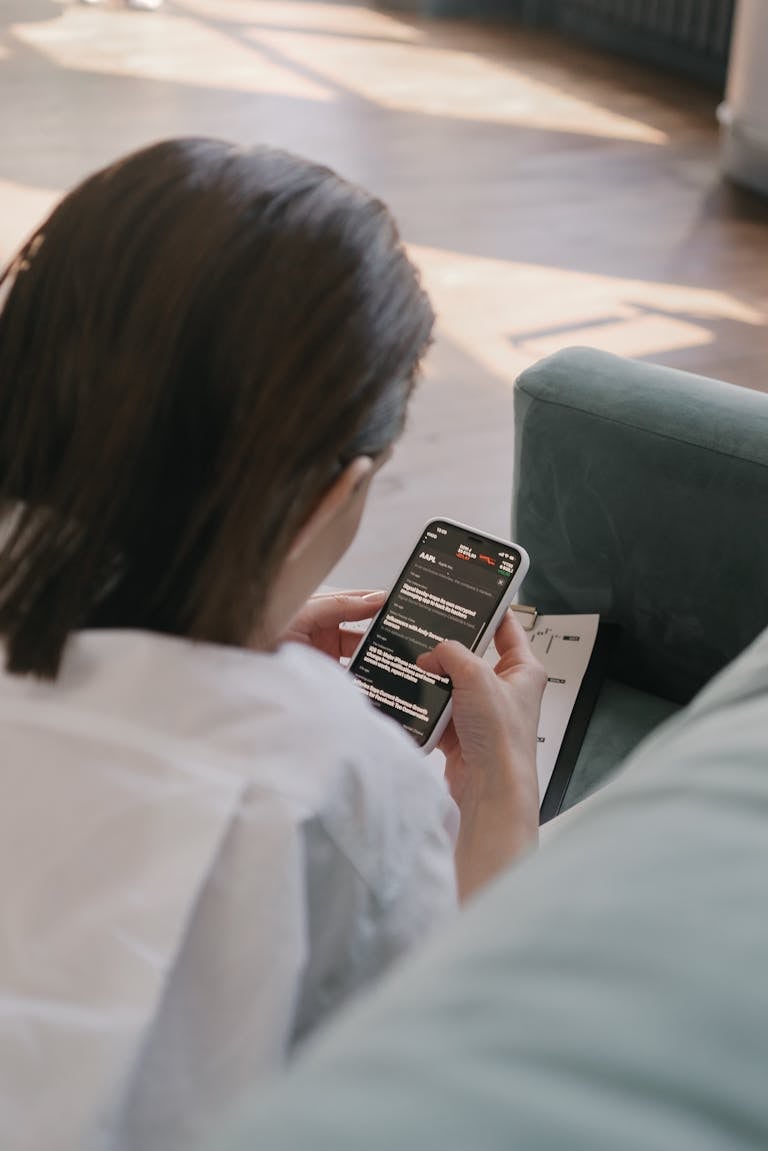In today’s fast-paced digital world, it’s easy to become overwhelmed by constant notifications, emails, and social media updates. While technology can be a powerful tool, it’s essential to recognize when it’s negatively impacting our mental health, relationships, and overall well-being. A digital detox—taking time off from screens and tech—can help restore balance.
Creating a successful digital detox plan involves setting intentional boundaries with technology and making time for activities that nourish your mind, body, and soul. In this article, we will guide you through the process of designing a digital detox plan that works for you.

1. Set Clear Goals for Your Digital Detox
The first step in creating a successful digital detox plan is to define your goals. Ask yourself: What do you want to achieve from this detox? Your objectives will help shape your plan and keep you motivated.
Examples of digital detox goals include:
- Reducing Stress: If you feel overwhelmed by constant digital distractions, your goal may be to reduce screen time and focus on offline activities that promote relaxation.
- Improving Relationships: If technology is getting in the way of your relationships, your goal may be to spend more quality time with loved ones, without the distraction of phones and devices.
- Enhancing Productivity: If technology is interfering with your work or focus, your goal might be to regain concentration and boost productivity by limiting tech usage during specific hours.
- Improving Mental Health: If you experience anxiety or stress due to digital overload, your goal might be to regain control over your mental well-being by disconnecting from screens for a period of time.
Once you’ve set your goals, you can tailor your digital detox plan to ensure you meet them.
2. Decide on the Length of Your Detox
The duration of your digital detox depends on your goals, lifestyle, and how often you use technology. Here are a few options to consider:
- Short-Term Detox (1–3 Days): A short-term detox can provide immediate relief from digital overload. This is a good option if you need a quick reset to reduce stress or improve focus.
- Weekend Detox (2–3 Days): A weekend detox is ideal if you want to take a longer break from screens but still have the flexibility to return to work or other obligations on Monday.
- Long-Term Detox (1 Week or More): A long-term digital detox is ideal for those who want to make a more significant lifestyle change. If you feel that technology is consuming too much of your life, a week-long break can provide the mental clarity you need to create lasting habits.
You can also plan for a series of shorter detoxes spread out over time, such as a “Tech-Free Tuesday” each week or “Screen-Free Sundays.”
3. Identify Tech-Free Zones and Times
To make your digital detox plan more effective, designate specific areas and times for disconnecting from technology. Here are some ideas:
- Tech-Free Zones: Create spaces in your home where technology is not allowed. For example, your bedroom, dining room, or living room could be tech-free zones to promote relaxation and connection.
- Tech-Free Times: Set boundaries around when you will use technology. For instance, you can designate “no-screen” hours, such as during family meals or an hour before bed, to focus on offline activities.
- Scheduled Breaks: Set regular times throughout the day to take a break from screens. Use these breaks to engage in activities that promote well-being, such as going for a walk, meditating, or reading.
By intentionally creating tech-free spaces and times, you can disconnect from the digital world and focus on your mental health and relationships.
4. Engage in Offline Activities
During your digital detox, it’s important to replace screen time with offline activities that support your goals. Here are some ideas for things to do during your detox:
- Spend Time Outdoors: Nature offers a powerful way to reset your mind and body. Go for a walk, hike, or sit outside to enjoy fresh air and quiet surroundings.
- Read a Book: Escape into a good book to give your mind a break from technology. Reading can help reduce stress and improve cognitive function.
- Practice Mindfulness or Meditation: Engage in mindfulness activities like deep breathing, yoga, or meditation. These practices help reduce anxiety, improve focus, and enhance overall mental well-being.
- Spend Time with Loved Ones: Disconnecting from tech allows you to focus on building stronger relationships with family and friends. Take the time to engage in meaningful conversations and activities.
- Exercise or Engage in Hobbies: Physical activity and hobbies are great ways to keep your mind and body engaged without relying on digital devices.
The goal is to engage in activities that promote relaxation, self-care, and mental clarity.
5. Track Your Progress and Reflect
As you follow your digital detox plan, it’s important to track your progress and reflect on how the detox is affecting your well-being. Keep a journal or use a digital tool to log how you feel during and after each detox session.
Ask yourself:
- How do I feel after taking a break from screens? Do you feel more relaxed, focused, or connected to others?
- What positive changes have I noticed? Are you experiencing less stress, improved sleep, or better mental clarity?
- What can I improve for next time? If you didn’t meet your goals, think about what adjustments you can make to your plan for a more successful detox in the future.
Reflection helps you adjust your digital detox habits and build long-term, sustainable changes.
Q: How do I prepare for a digital detox?
A: To prepare for a digital detox, start by setting your goals, deciding on the detox duration, and planning tech-free zones or times. Make sure you have offline activities ready to replace screen time.
Q: Can a digital detox be done during work hours?
A: Yes! You can schedule short digital detox breaks during work hours to step away from your devices. Consider taking a 10-minute walk or practicing deep breathing to recharge.
Q: How can I maintain a digital detox in the long term?
A: To maintain a long-term digital detox, establish healthy tech habits, such as limiting screen time, setting device-free times, and prioritizing offline activities. Gradually incorporate these habits into your routine.
Ready to Disconnect?
Take control of your tech habits today! Start by implementing a digital detox plan that fits your lifestyle. Whether it’s a weekend break or a weekly tech-free time, unplugging can help you regain balance and improve your well-being.

I’m EKBAL HOSSAIN MONDAL, the creator of SmartSolveTips.com — a blog dedicated to helping people improve productivity, avoid digital burnout, and live better online. With years of hands-on experience in self-development and digital wellness, I write practical tips and tools to help you stay focused and thrive in a fast-paced digital world.






